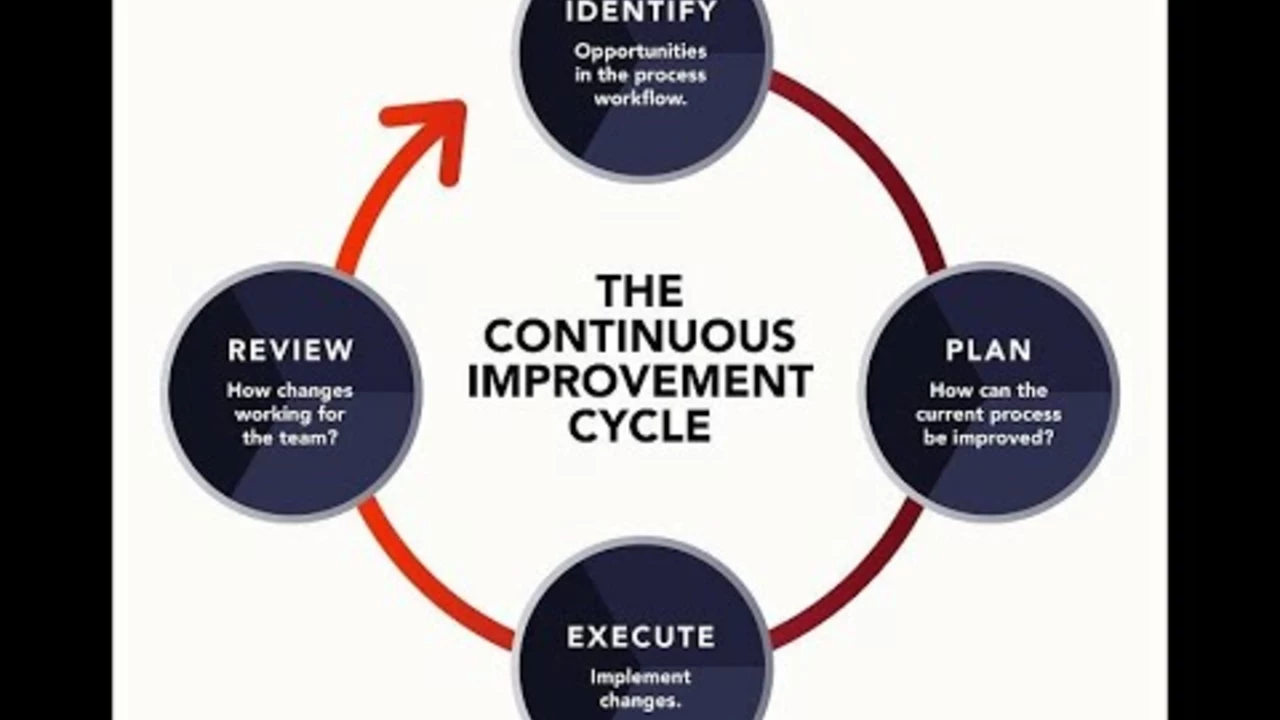Education & Technology: Fresh Insights and Practical Guides
Welcome to the hub where learning meets tech. Whether you are a teacher looking for new tools, a student hungry for real‑world examples, or a coder curious about the next big trend, you are in the right place. Here we break down complex ideas into simple steps, share handy resources, and keep you updated on what’s shaping the future of education and technology.
What’s Trending in Tech Education?
One of the hottest topics right now is the rise of AI‑powered tutoring platforms. These systems use machine learning to adapt lessons to each learner’s pace, offering instant feedback that feels personal. Instead of a one‑size‑fits‑all lesson plan, you get a dynamic experience that evolves as the student improves. Many schools are experimenting with these tools to close gaps in math and language learning.
Another trend is the push for coding literacy across all age groups. Programs like code‑first curricula are being introduced in elementary classrooms, and bootcamps are offering short, intensive tracks for professionals looking to pivot. The key is hands‑on practice: building simple projects, debugging, and seeing results instantly. When learners can see a webpage they built or a game they programmed, motivation spikes.
Don’t overlook the growing importance of data privacy education. With more apps collecting personal information, students need to understand how data works and how to protect themselves. Short workshops on encryption basics, consent, and safe browsing are becoming standard in many curricula. By teaching these concepts early, we prepare the next generation to navigate a digital world safely.
Debunking Myths: MIT Technology Review
A common question that pops up in tech circles is whether the MIT Technology Review is peer‑reviewed. The short answer: no, it isn’t. Despite the academic vibe of its name, the publication follows a journalistic model rather than a scholarly one. That means articles are edited by professional editors, not vetted through a formal peer‑review process like academic journals.
Does that make the content any less valuable? Not really. The Review brings together industry experts, researchers, and seasoned writers to break down cutting‑edge tech topics. It’s a reliable source for trends, analysis, and commentary, but you should treat it more like a high‑quality news outlet than a research paper. When you need hard data or primary research, look for peer‑reviewed journals; for quick insight and industry perspective, the Review does a solid job.
Understanding the difference helps you evaluate sources correctly. If you’re writing a paper that requires scholarly citations, you’ll need to find studies that have undergone peer review. If you’re staying updated on what’s new in AI, quantum computing, or biotech, the MIT Technology Review offers accessible, well‑written pieces that keep you in the loop without the dense jargon of academic papers.
Bottom line: know the purpose of each source. Use peer‑reviewed journals for rigorous research, and turn to publications like the MIT Technology Review for timely, engaging tech news. Both have their place, and balancing them gives you a fuller picture of the tech landscape.
Stay curious, keep exploring new tools, and don’t hesitate to experiment with the resources you find here. Whether you’re building a classroom project or polishing a personal codebase, the right information can make a big difference. Dive into our latest posts, try out the tips, and watch your skills grow.
